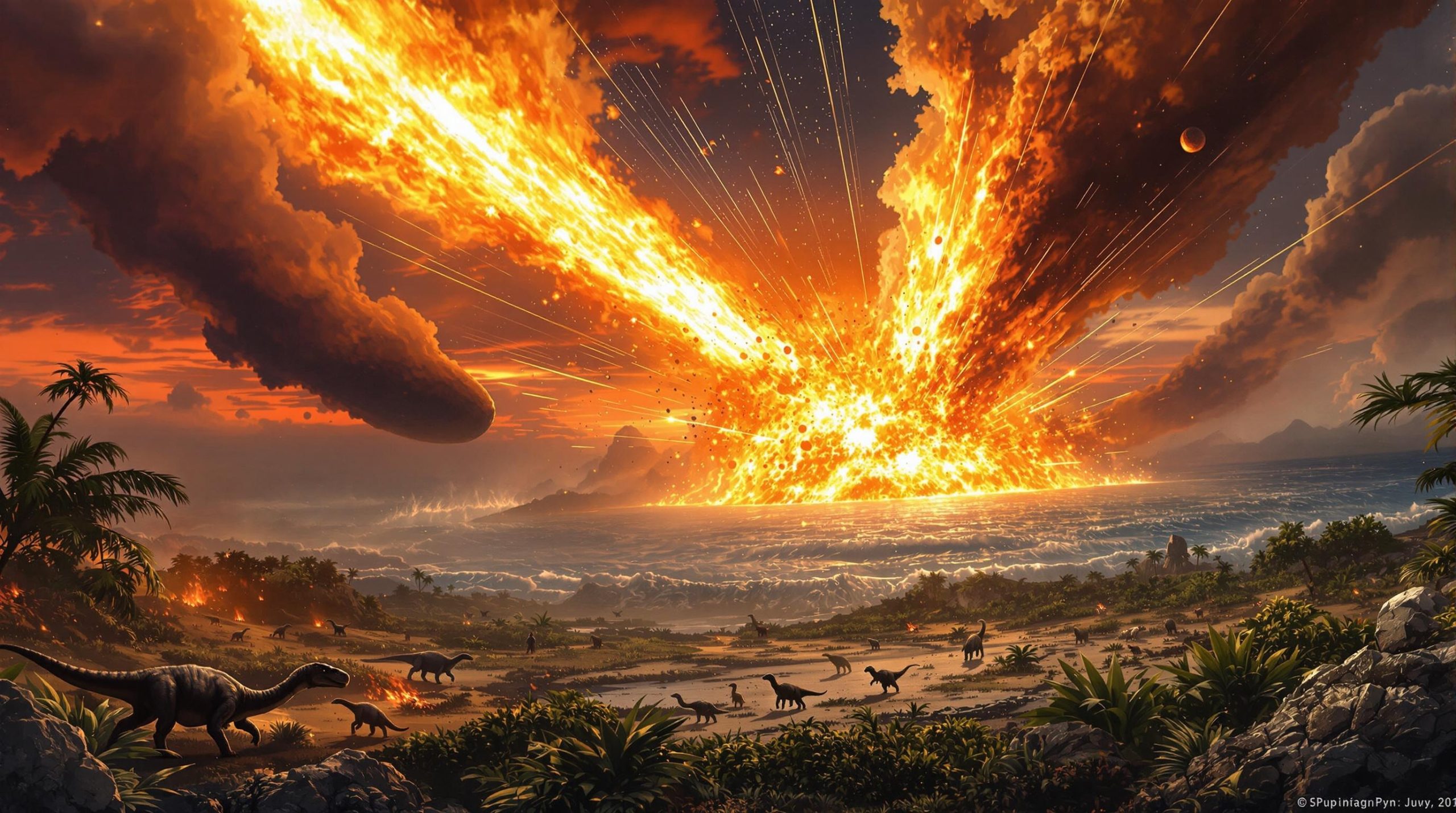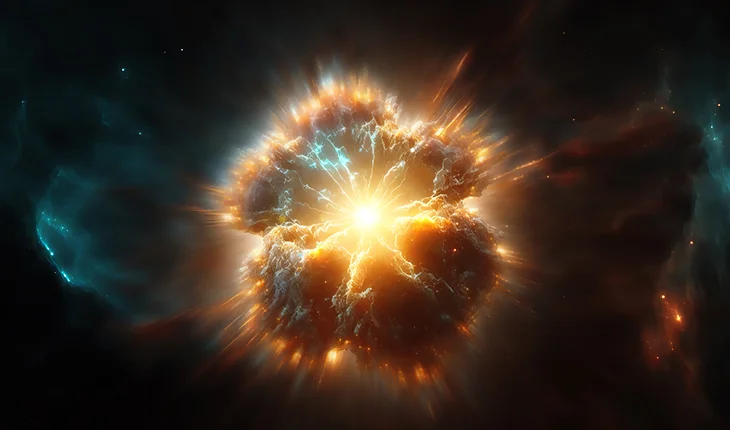The cosmos has long been a source of awe and wonder, but occasionally, it reminds us of its immense power through meteor crashes. These celestial events, where fragments of asteroids or comets survive their fiery journey through Earth’s atmosphere, have shaped our planet’s history in profound ways. In this article, we’ll explore some of the most famous meteor crashes, their fascinating stories, and their impact on Earth. Stay With Spaceyv
The List of Famous Meteor Crashes
1. The Chicxulub Impact: The Dinosaur Extinction Event
Location: Yucatán Peninsula, Mexico
When: Approximately 66 million years ago
One of the most famous meteor impacts, the Chicxulub event, is widely believed to have caused the mass extinction of the dinosaurs. This asteroid, estimated to be 6 miles (10 kilometers) wide, struck Earth with the force of 10 billion atomic bombs.
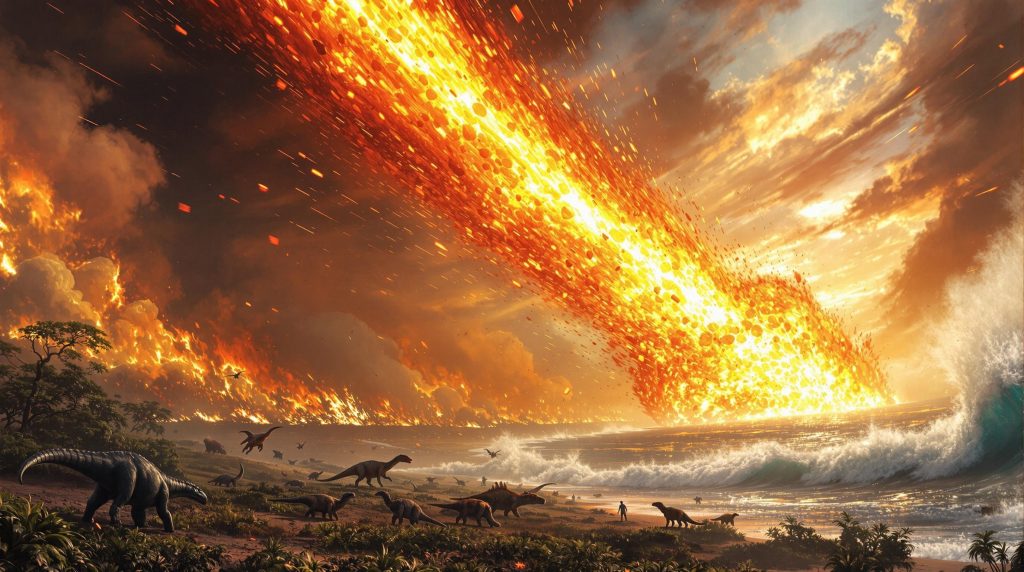
Impact:
- Created a crater over 93 miles (150 kilometers) wide.
- Released massive amounts of dust and sulfur into the atmosphere, blocking sunlight and drastically cooling the planet (nuclear winter effect).
- Led to the extinction of nearly 75% of all life on Earth, paving the way for mammals to dominate.
2. Tunguska Event: A Mysterious Explosion in Siberia
Location: Tunguska region, Siberia, Russia
When: June 30, 1908
The Tunguska Event remains one of the most mysterious meteor-related phenomena. Though no crater was found, scientists believe a meteor or comet exploded mid-air over Siberia. The explosion flattened 830 square miles (2,150 square kilometers) of forest, equivalent to the size of a major city.
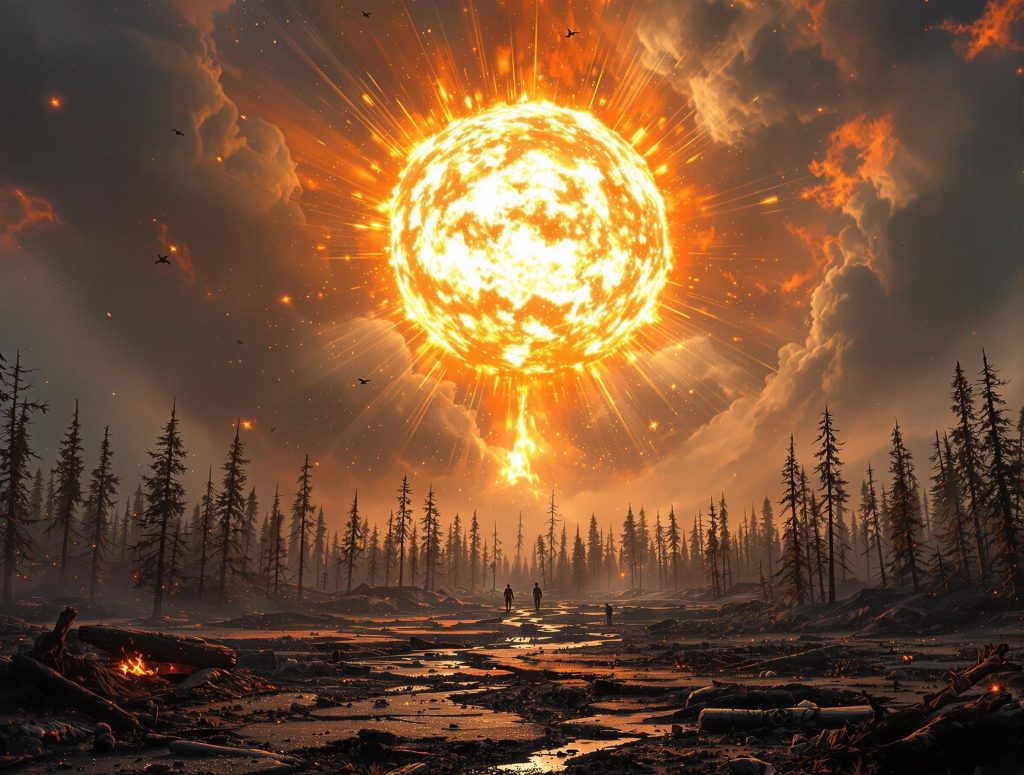
Impact:
- Released energy comparable to 15 megatons of TNT, about 1,000 times more powerful than the Hiroshima bomb.
- Highlighted the dangers of smaller meteors that explode before reaching the ground.
- Sparked scientific discussions about planetary defense systems.
3. Barringer Crater: Evidence of Earth’s Fiery Past
Location: Arizona, USA
When: Approximately 50,000 years ago
Also known as Meteor Crater, this impact site is one of the most well-preserved craters on Earth. The meteor responsible was made of nickel-iron and measured about 160 feet (50 meters) in diameter.
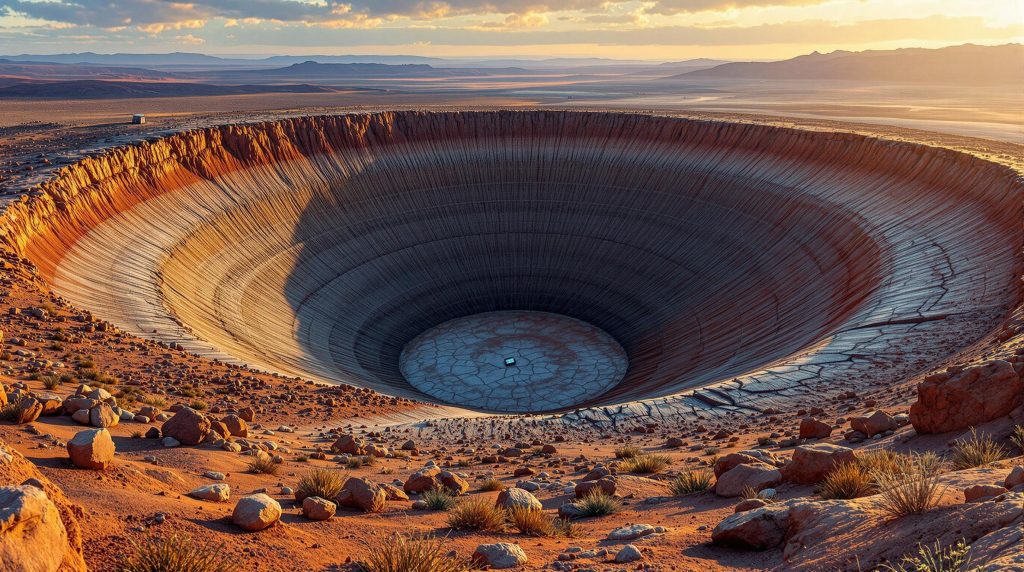
Impact:
- Created a crater 0.75 miles (1.2 kilometers) wide and 560 feet (170 meters) deep.
- Served as a valuable research site for studying impact dynamics.
- Inspired the mining industry and space scientists to understand meteor compositions.
4. Chelyabinsk Meteor: A Wake-Up Call for Modern Times
Location: Chelyabinsk, Russia
When: February 15, 2013
The Chelyabinsk meteor shocked the world as it streaked across the sky, creating a blinding fireball visible for miles. This 66-foot (20-meter) space rock exploded in the atmosphere with a force equivalent to 500 kilotons of TNT.
Impact:
- Injured over 1,500 people, mostly due to shattered glass from the shockwave.
- Damaged more than 7,000 buildings across the region.
- Highlighted the importance of detecting smaller Near-Earth Objects (NEOs).
5. Vredefort Crater: The Largest Known Impact on Earth
Location: South Africa
When: Over 2 billion years ago
The Vredefort Crater is the largest confirmed impact structure on Earth, with an estimated diameter of 190 miles (300 kilometers). The asteroid responsible was likely over 6 miles (10 kilometers) wide.
Impact:
- Shaped the geological landscape of the region.
- Provided key insights into Earth’s early history and the role of meteoric impacts in planetary evolution.
6. Sikhote-Alin Meteorite Shower: A Meteoric Rainfall
Location: Sikhote-Alin Mountains, Russia
When: February 12, 1947
This meteor shower involved a large iron meteorite that broke apart as it entered Earth’s atmosphere, scattering fragments across a vast area.
Impact:
- Created over 100 craters, the largest being 85 feet (26 meters) wide.
- Recovered fragments helped scientists understand the composition of iron meteorites.
- Remains one of the most significant meteorite recovery efforts in history.
The Significance of Meteor Crashes
Meteor crashes serve as reminders of Earth’s vulnerability in the vastness of space. Their impacts go beyond destruction; they:
- Shape Landscapes: Many craters become natural landmarks and scientific research sites.
- Deliver Elements: Meteors bring extraterrestrial materials like rare metals and organic compounds.
- Inspire Awareness: Events like Chelyabinsk emphasize the need for planetary defense and global cooperation.
Protecting Earth from Future Impacts
Conclusion
The history of meteor crashes reveals both the destructive and transformative power of these cosmic visitors. From shaping our planet’s past to driving advancements in science, meteor impacts are a testament to the dynamic relationship between Earth and space. As we continue to explore the cosmos, understanding meteors and their potential risks remains vital for protecting our planet.
References
NASA’s Center for Near-Earth Object Studies (CNEOS) – https://cneos.jpl.nasa.gov/
European Space Agency (ESA): Planetary Defense – https://www.esa.int/
Smithsonian National Air and Space Museum: Meteorites – https://airandspace.si.edu/

